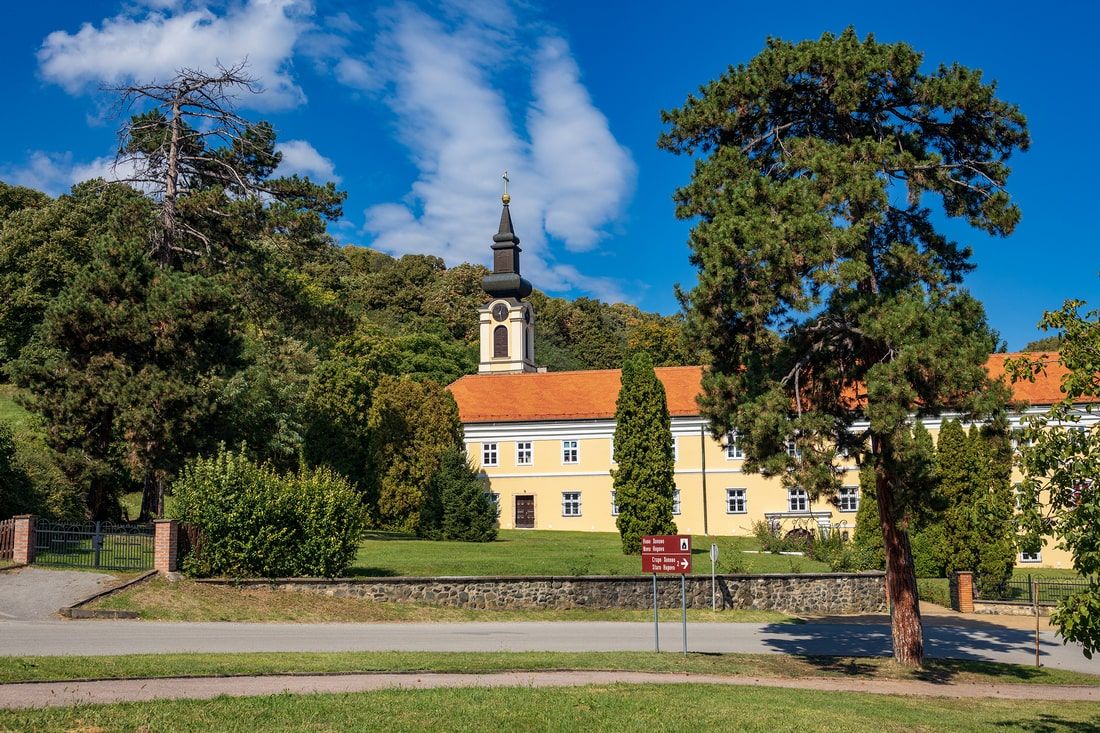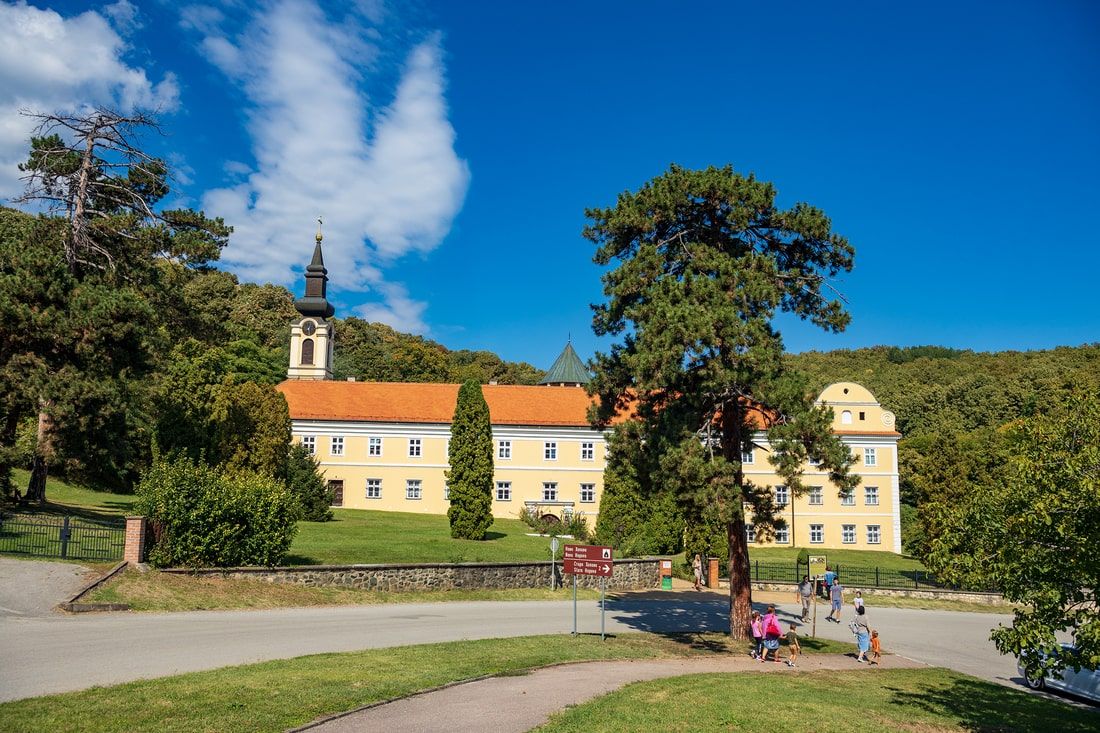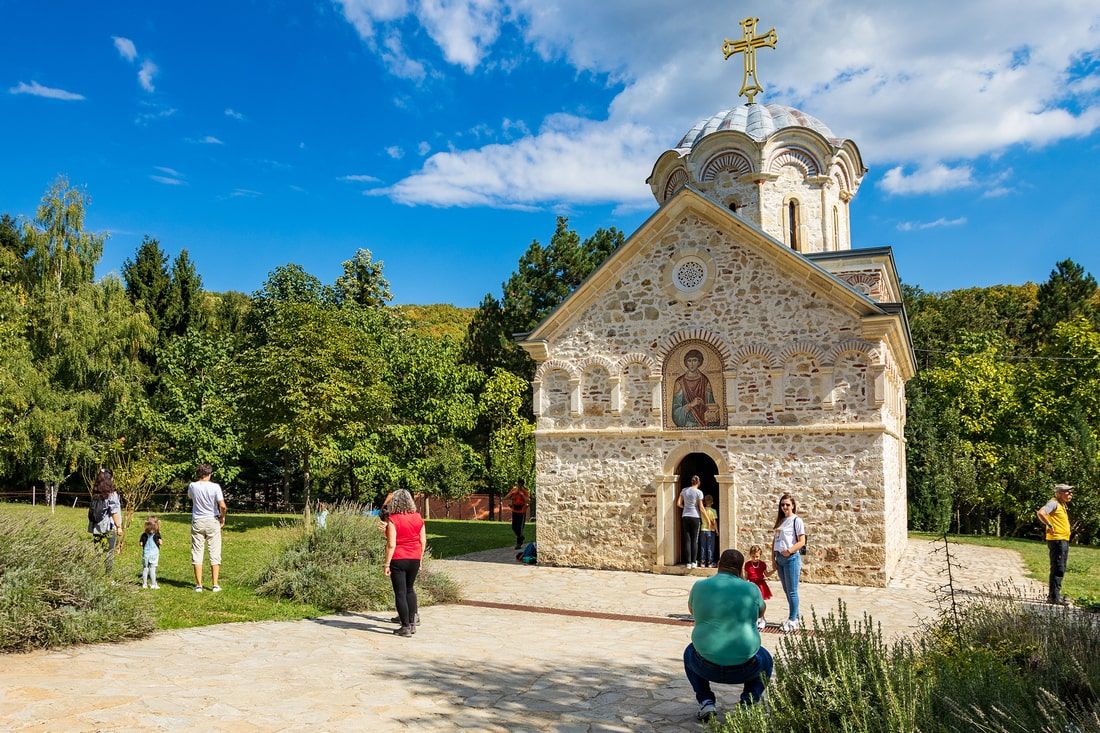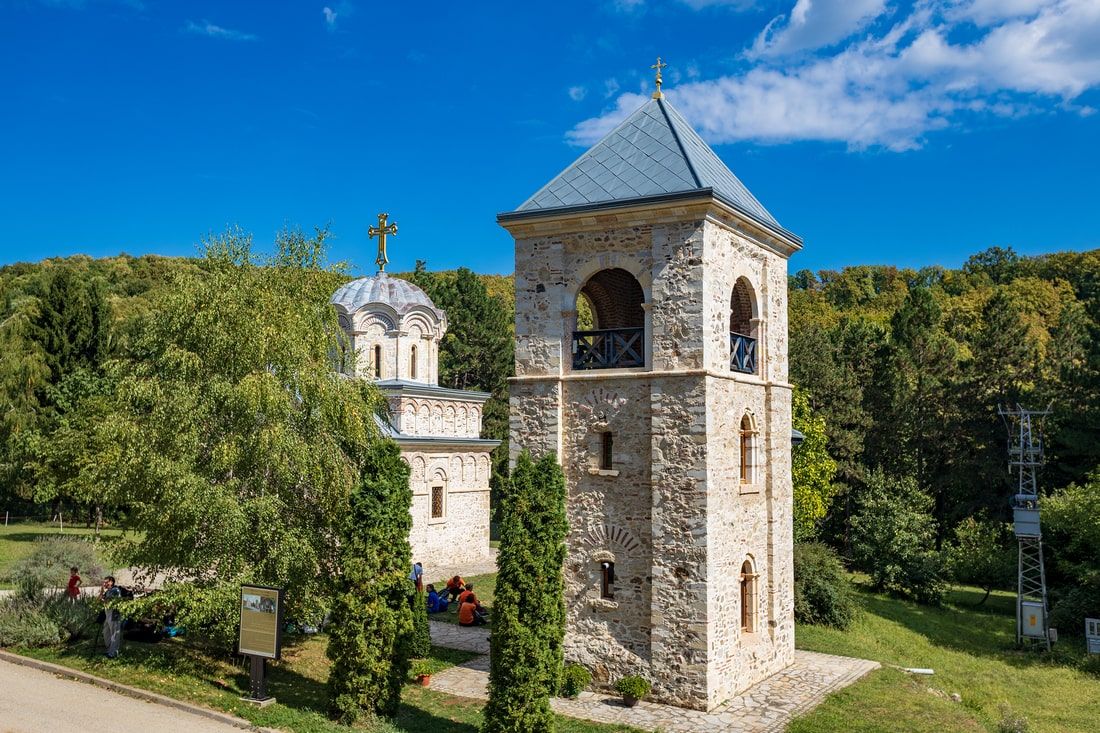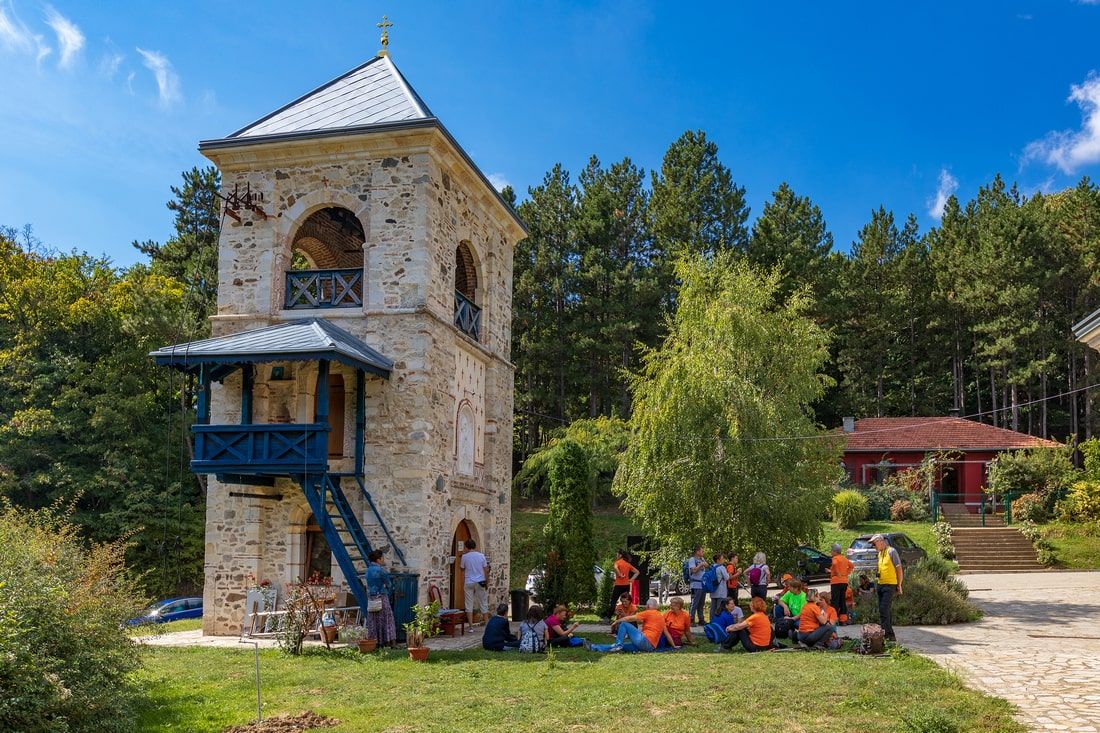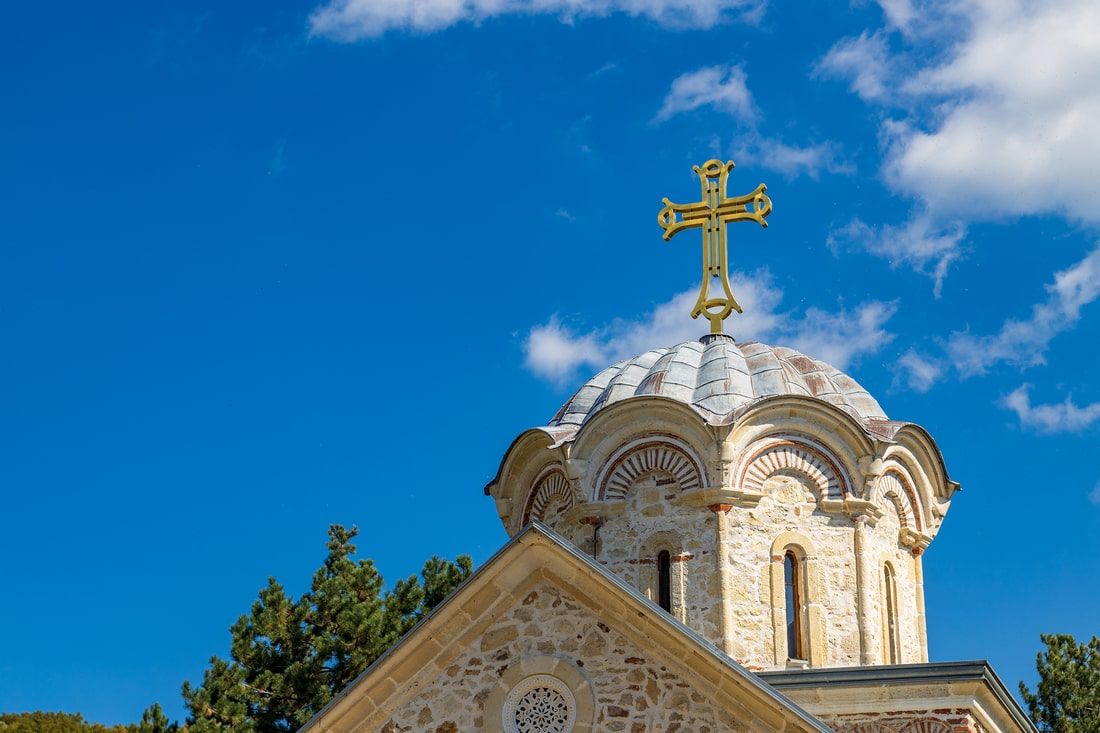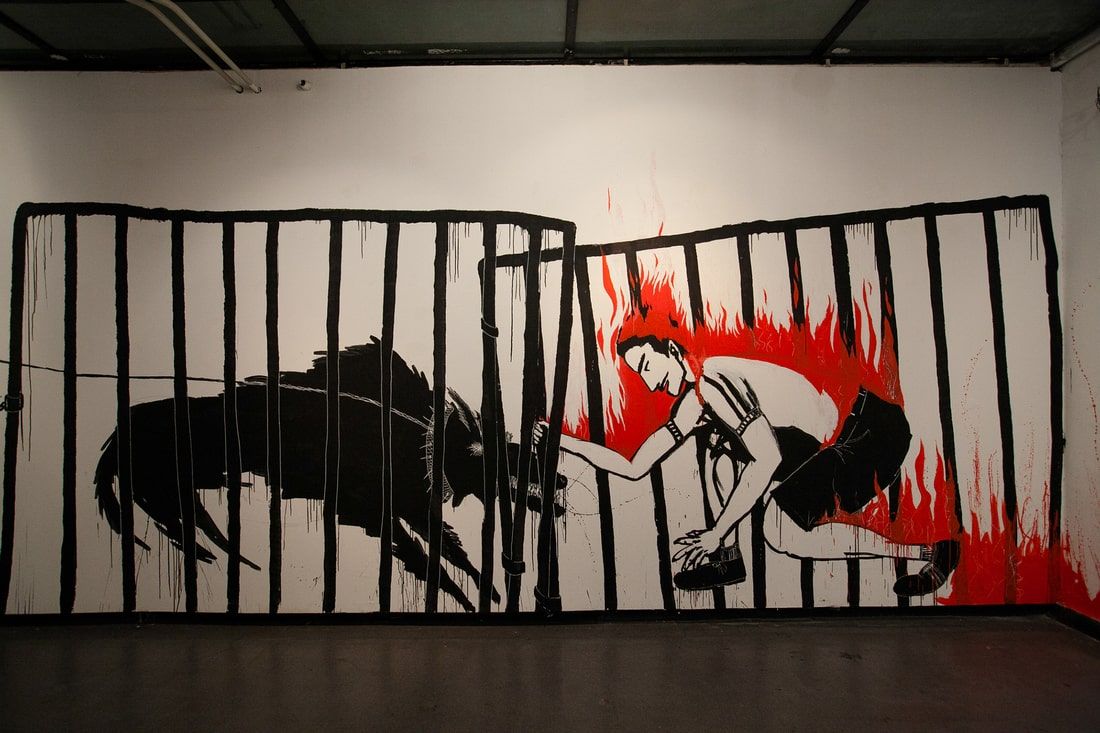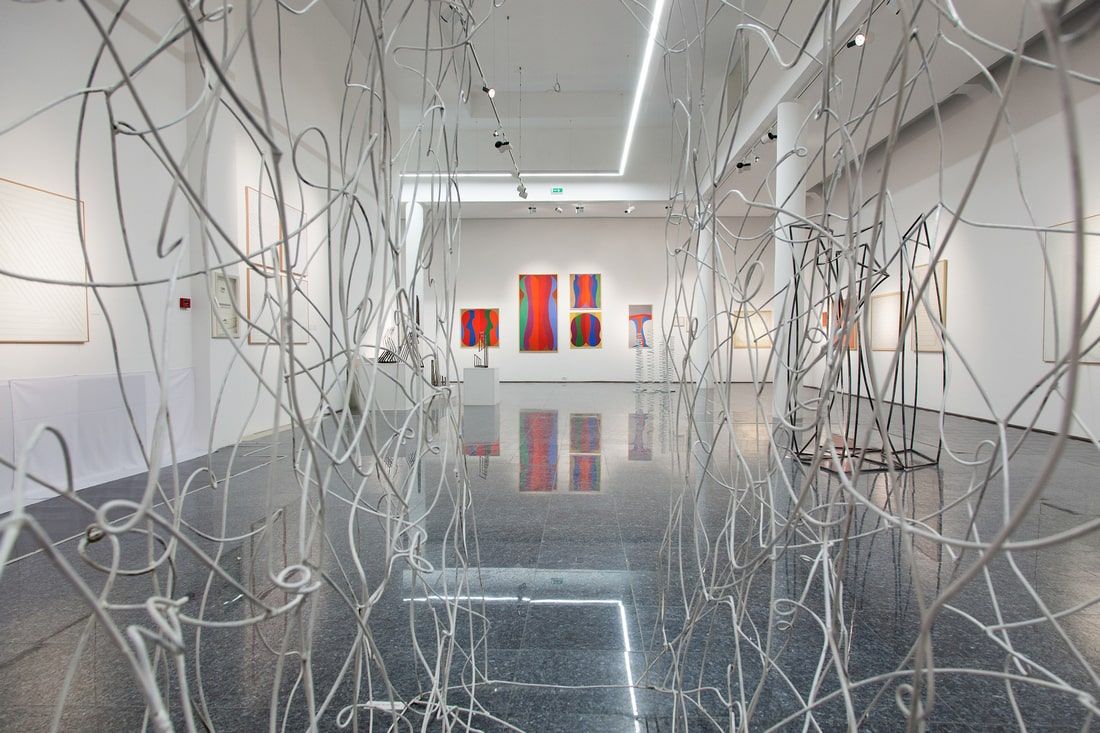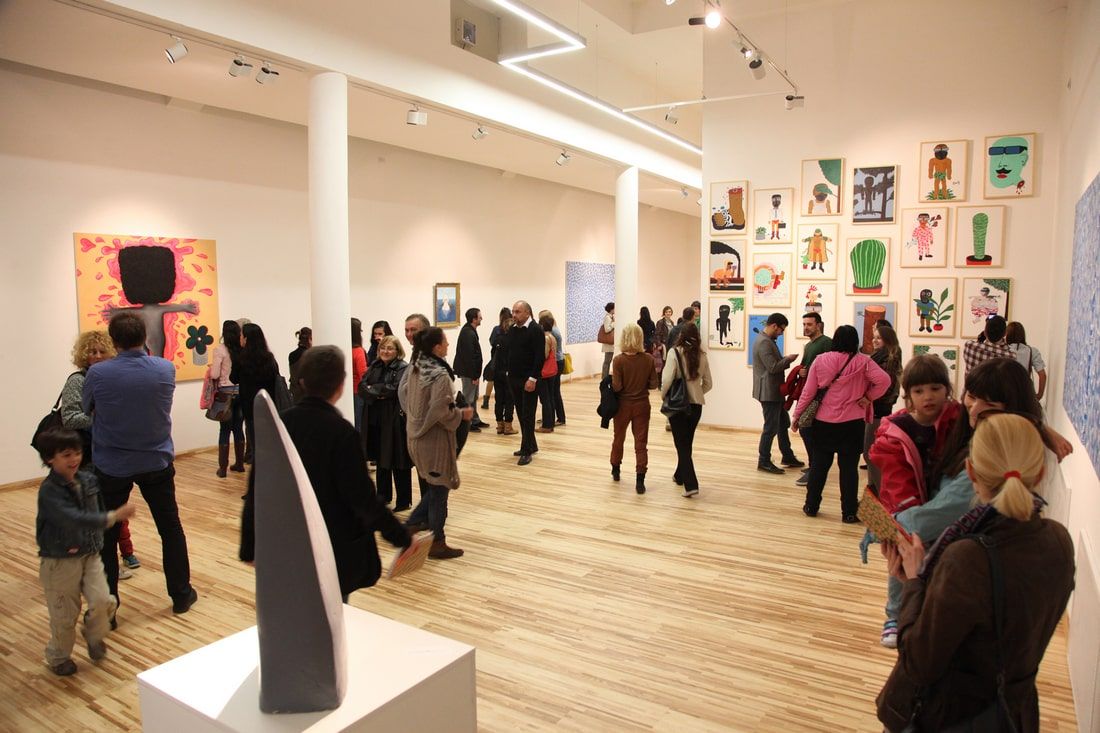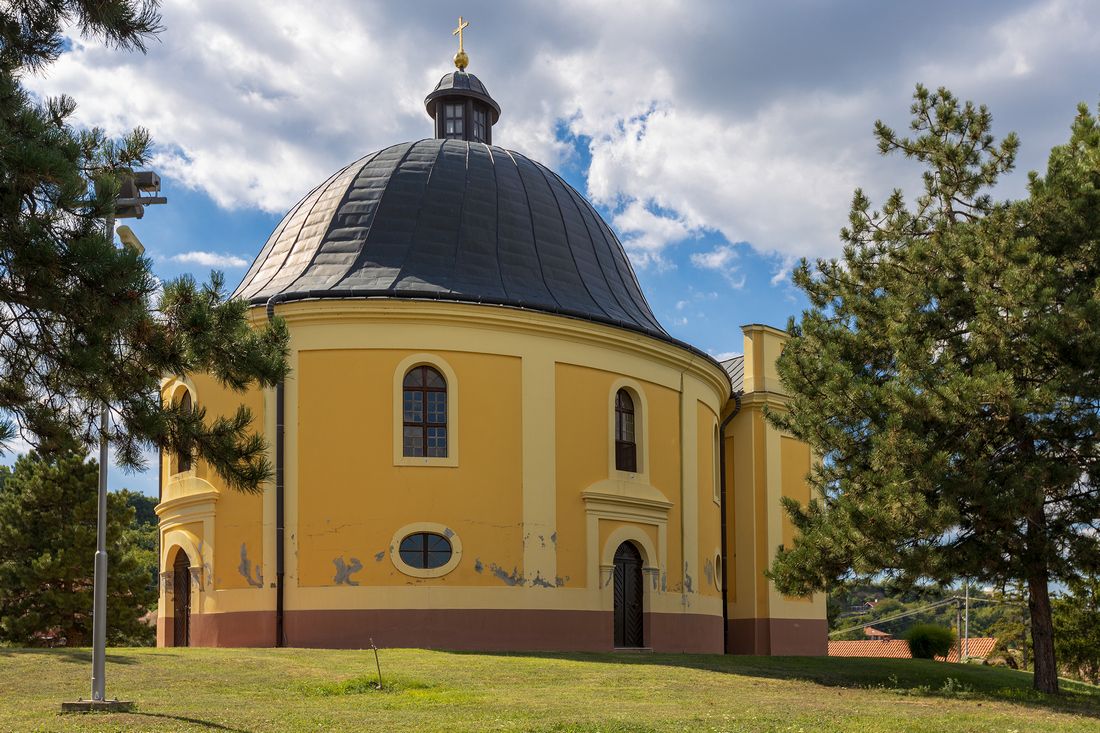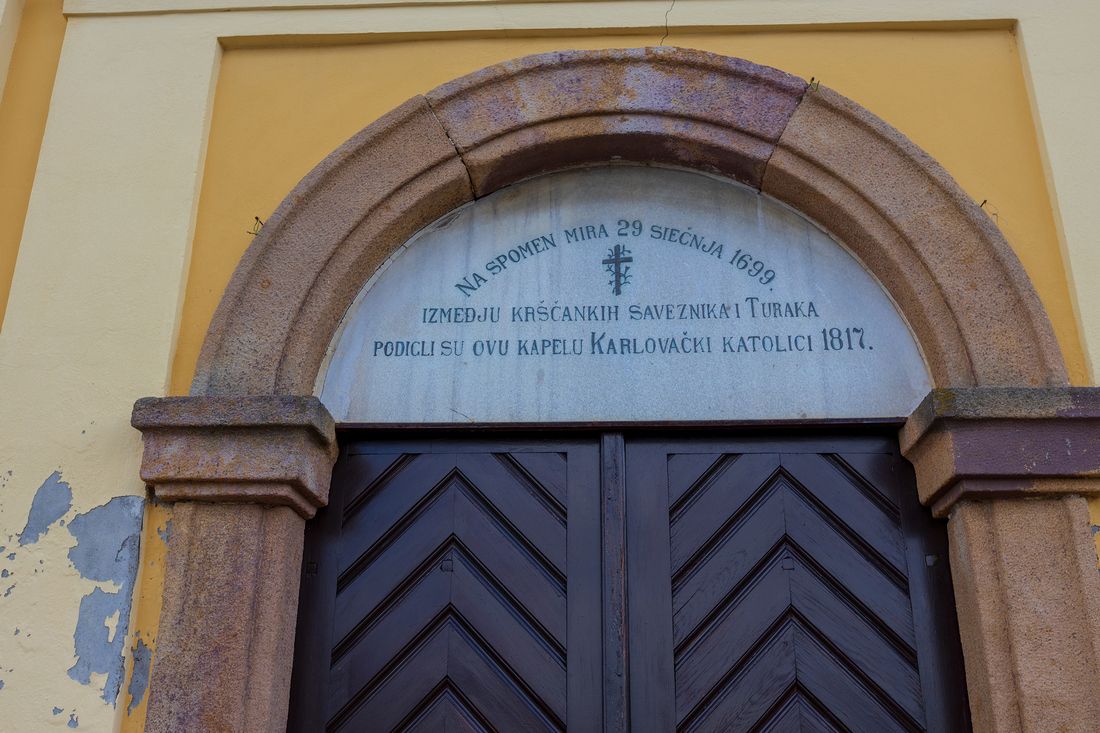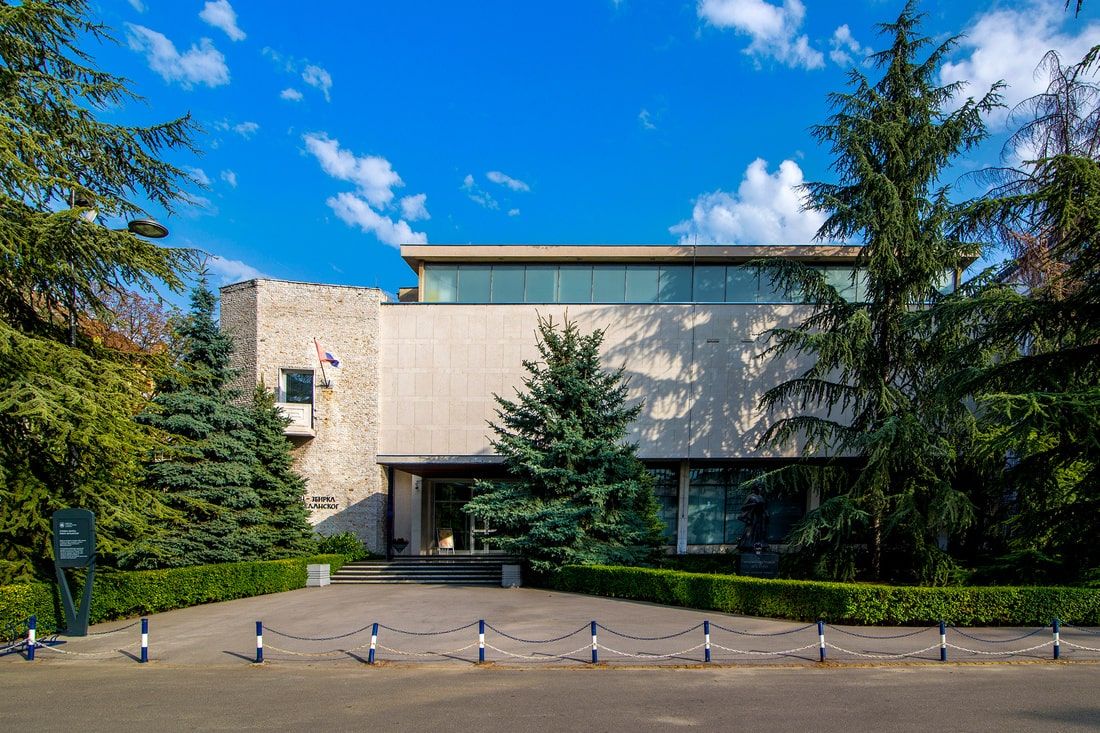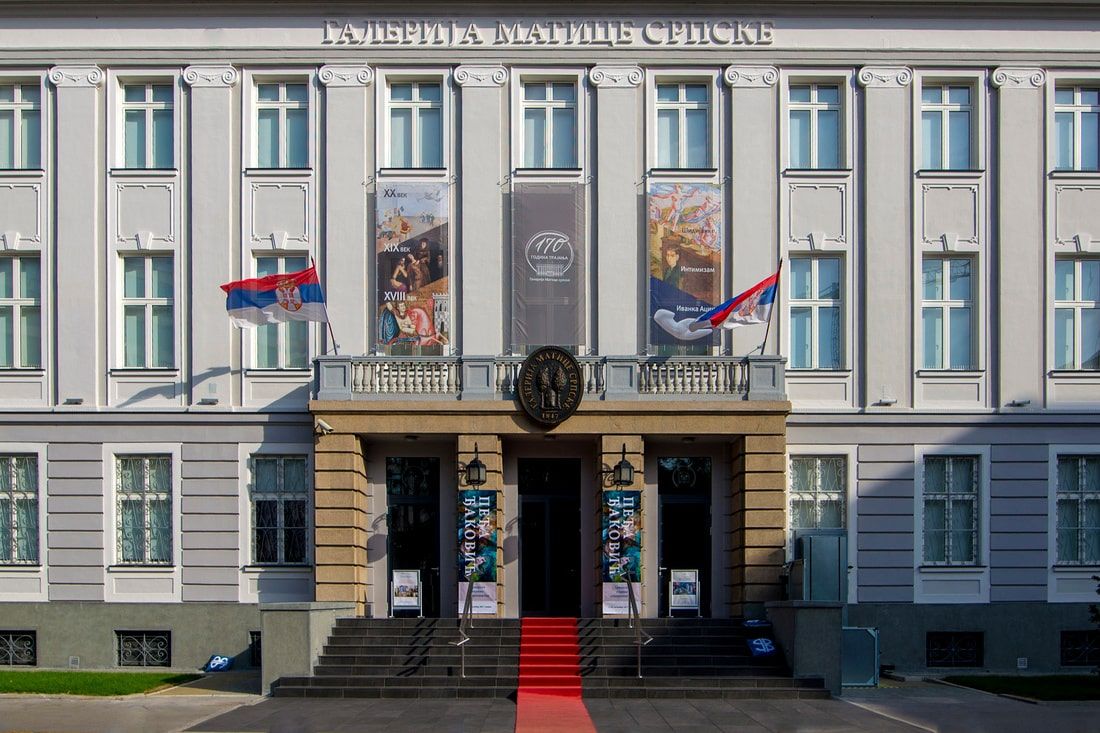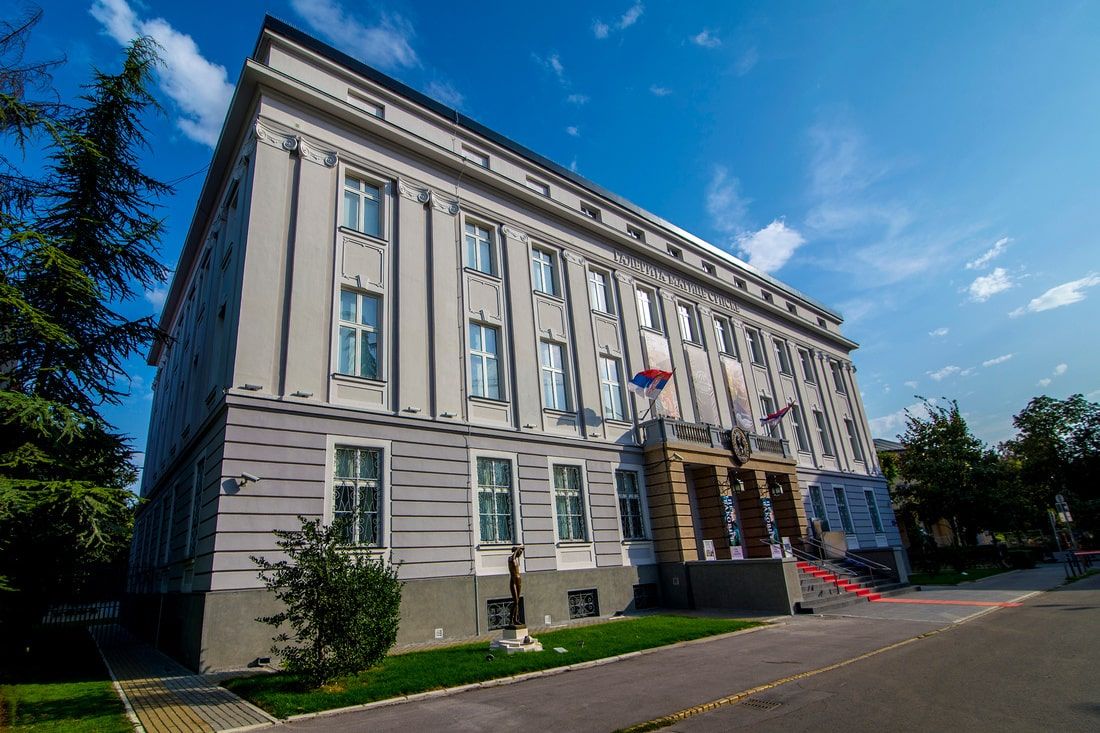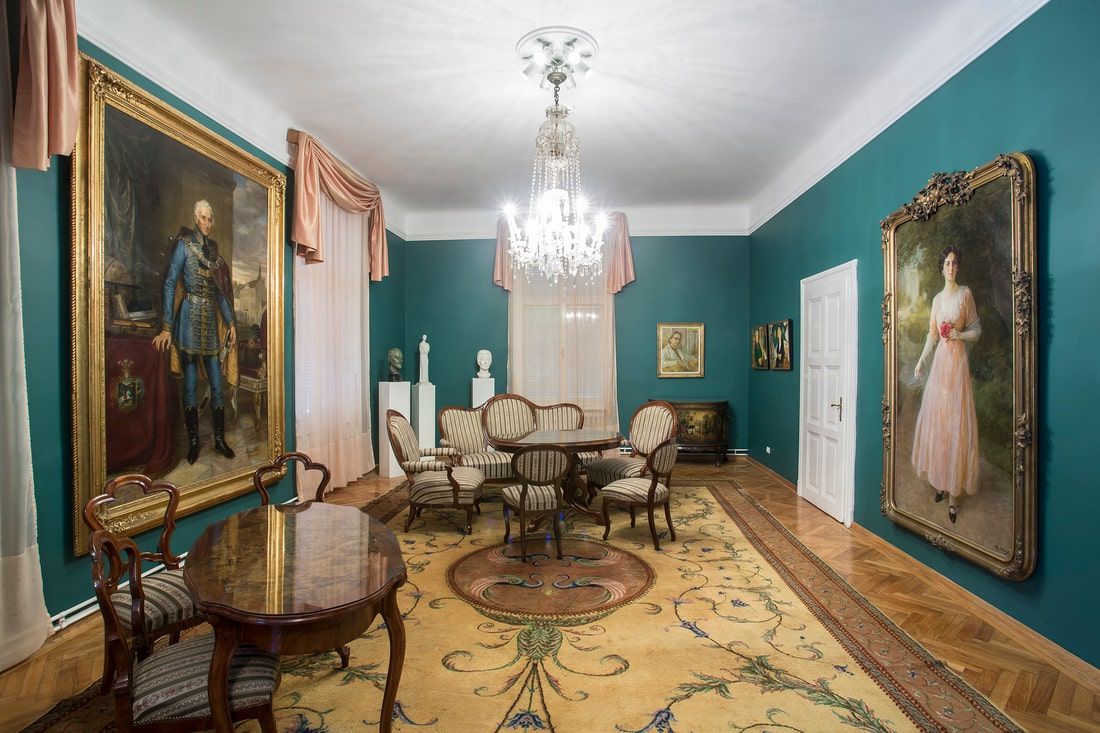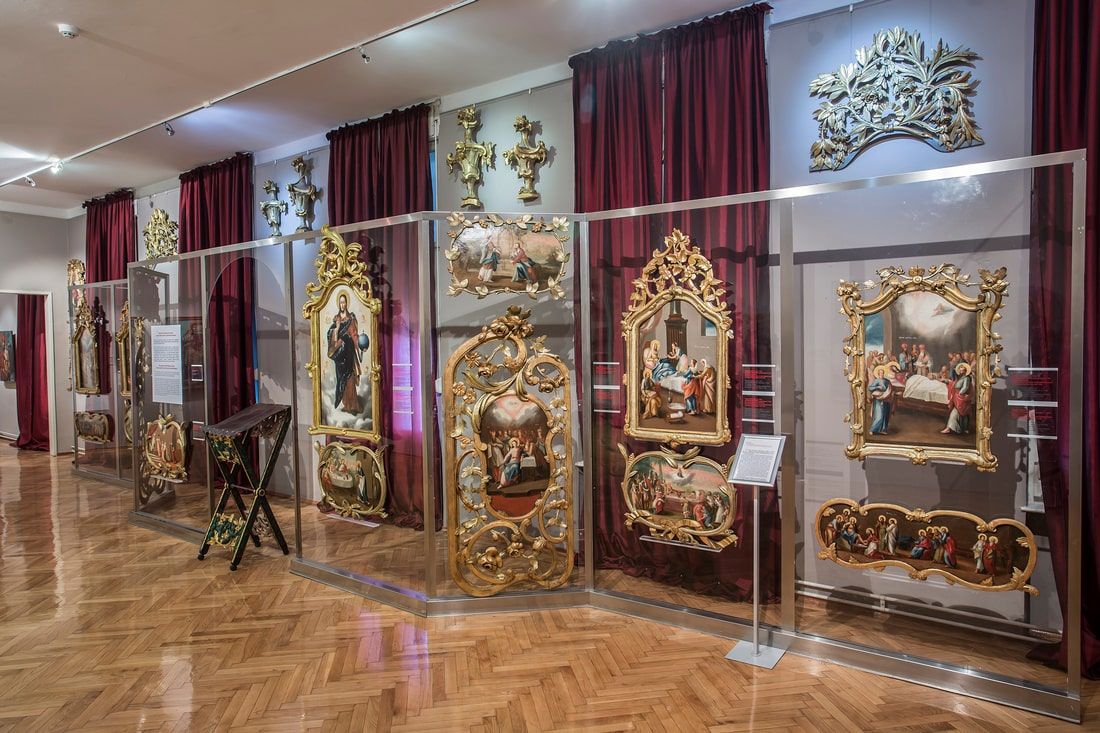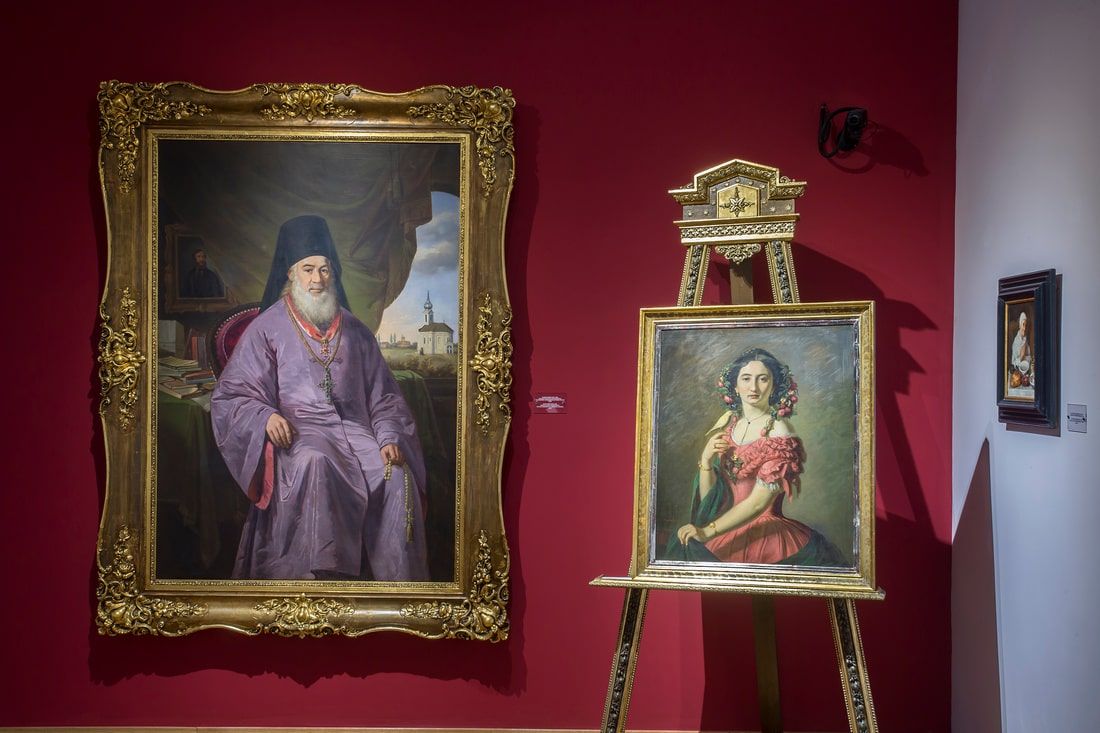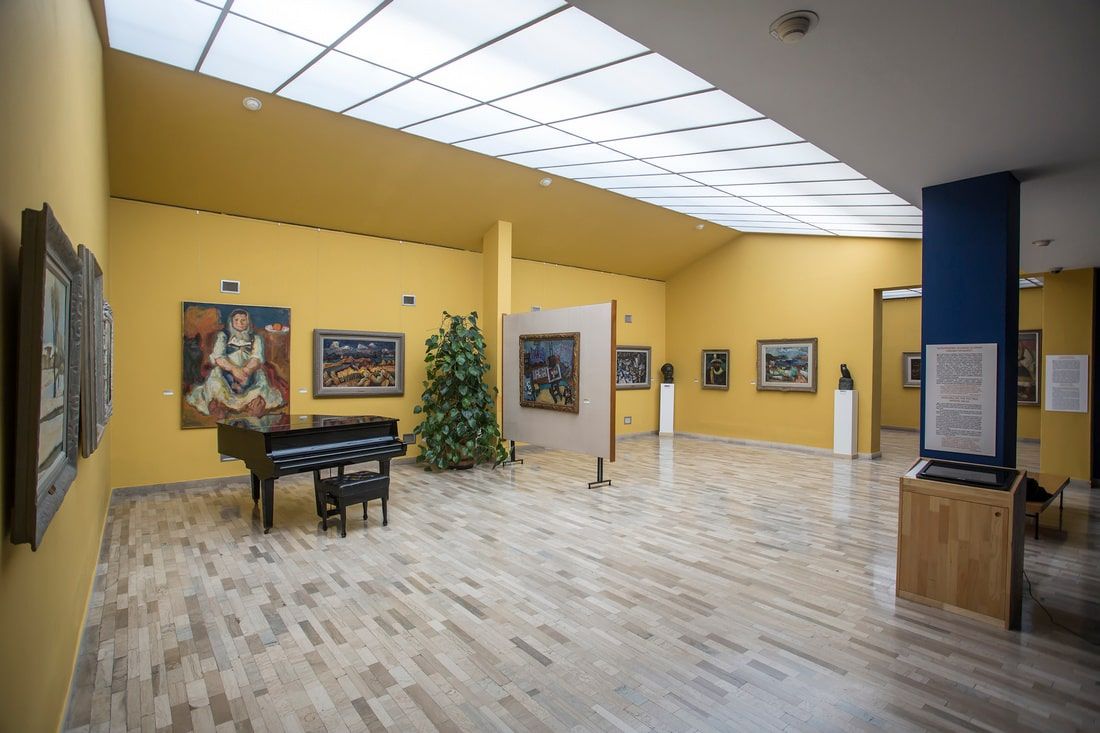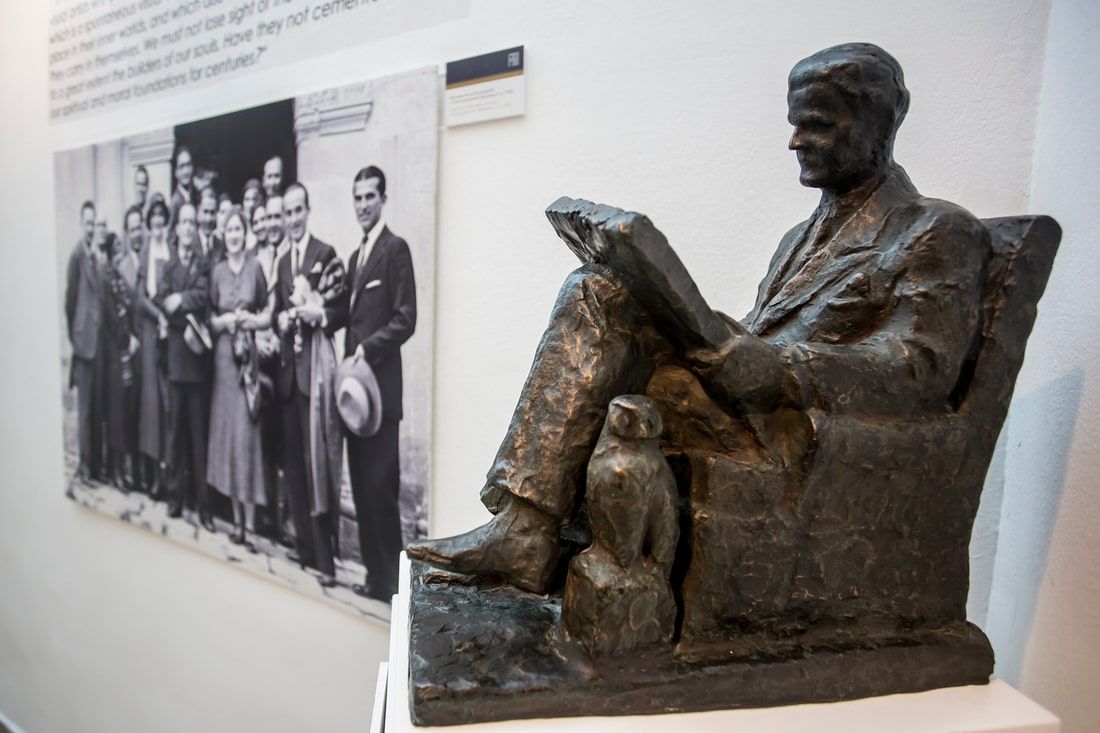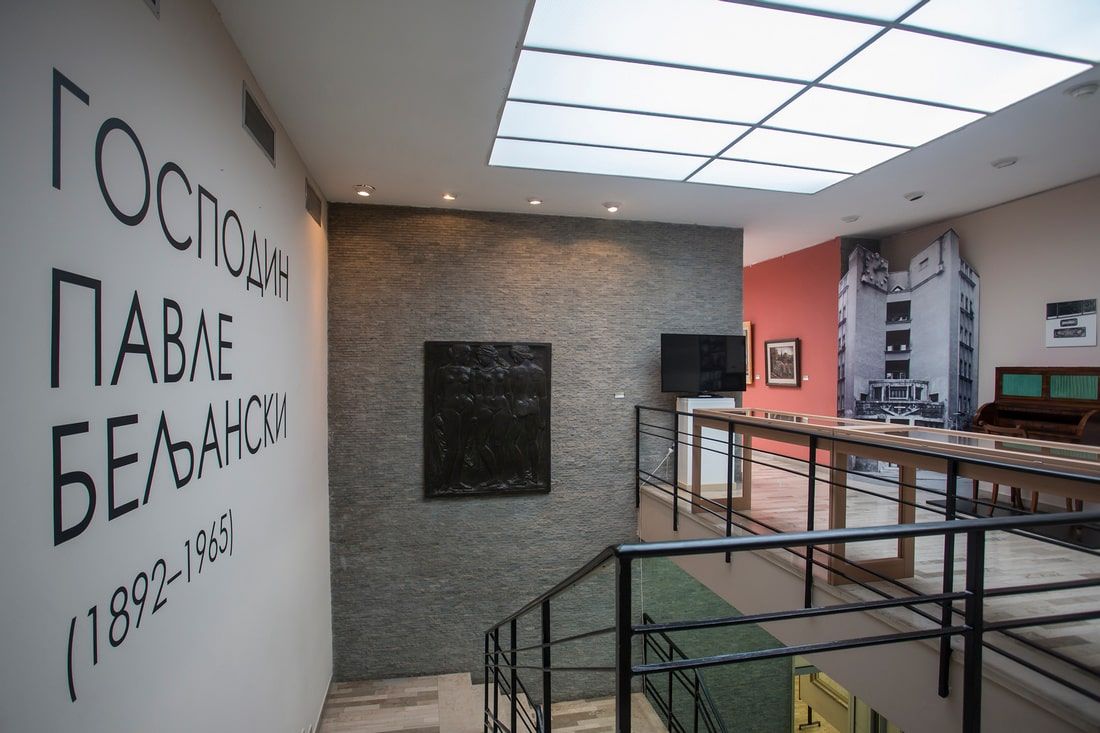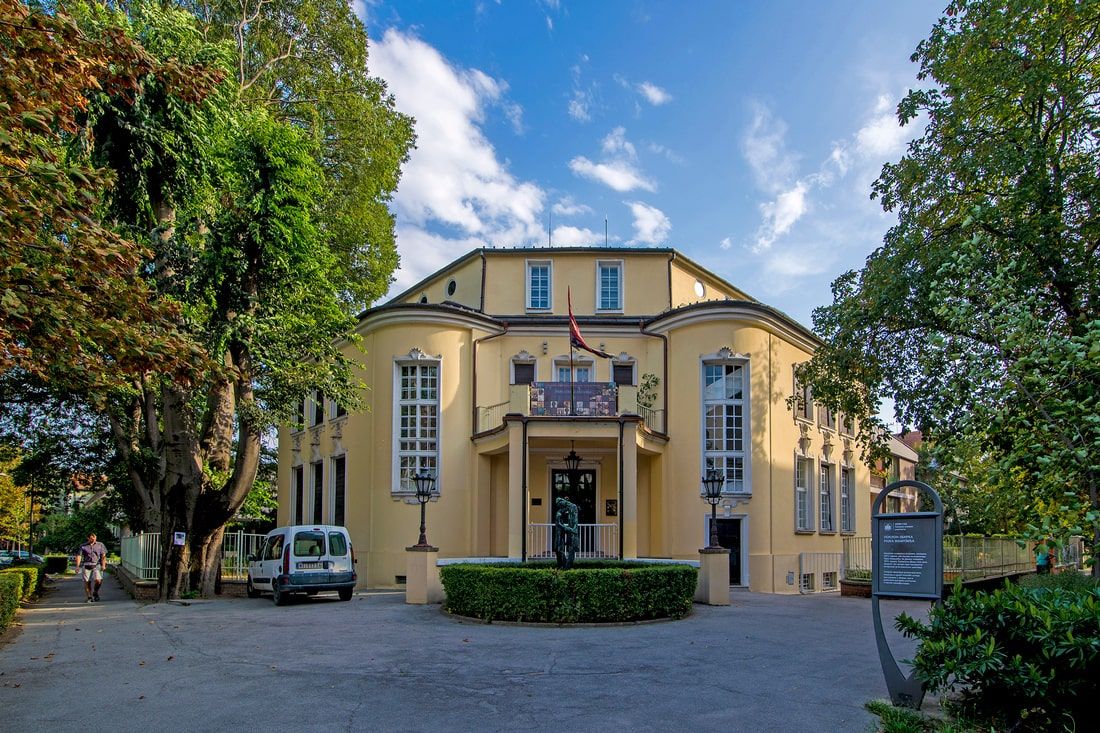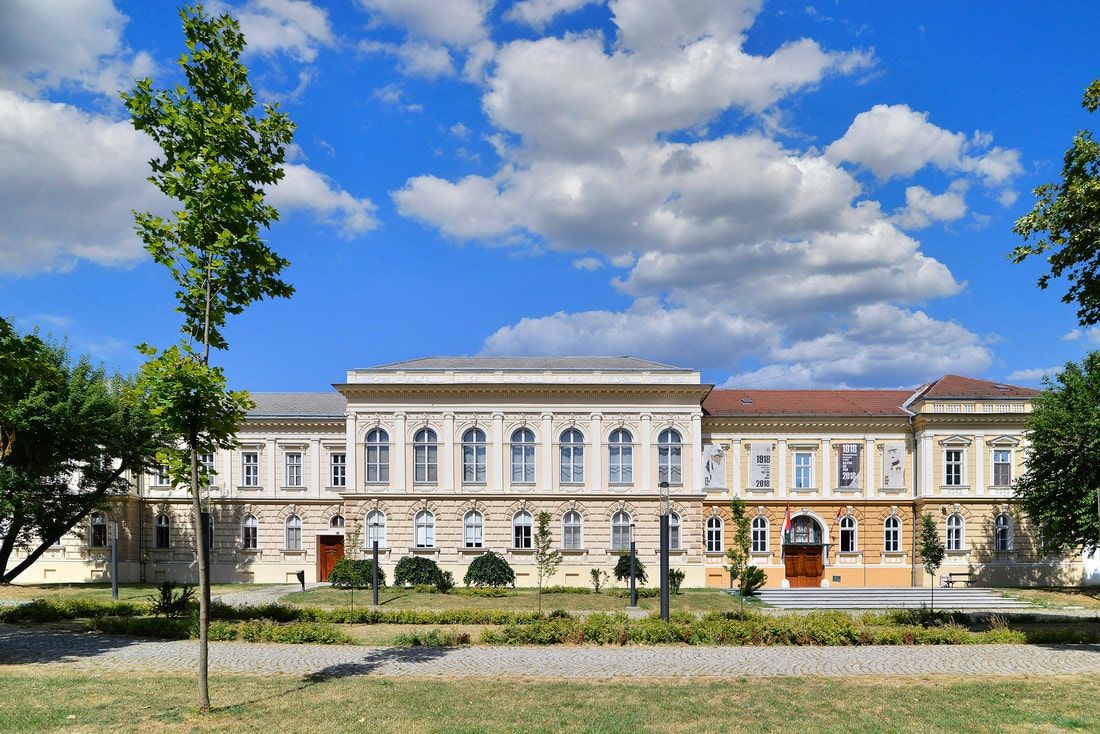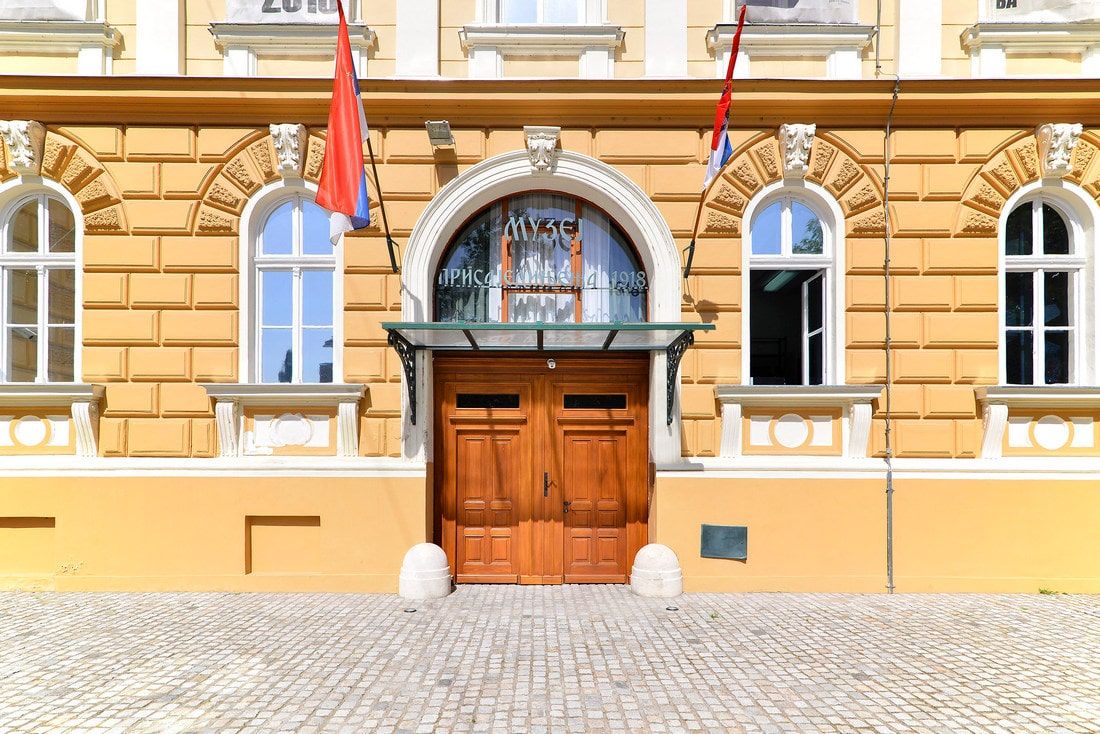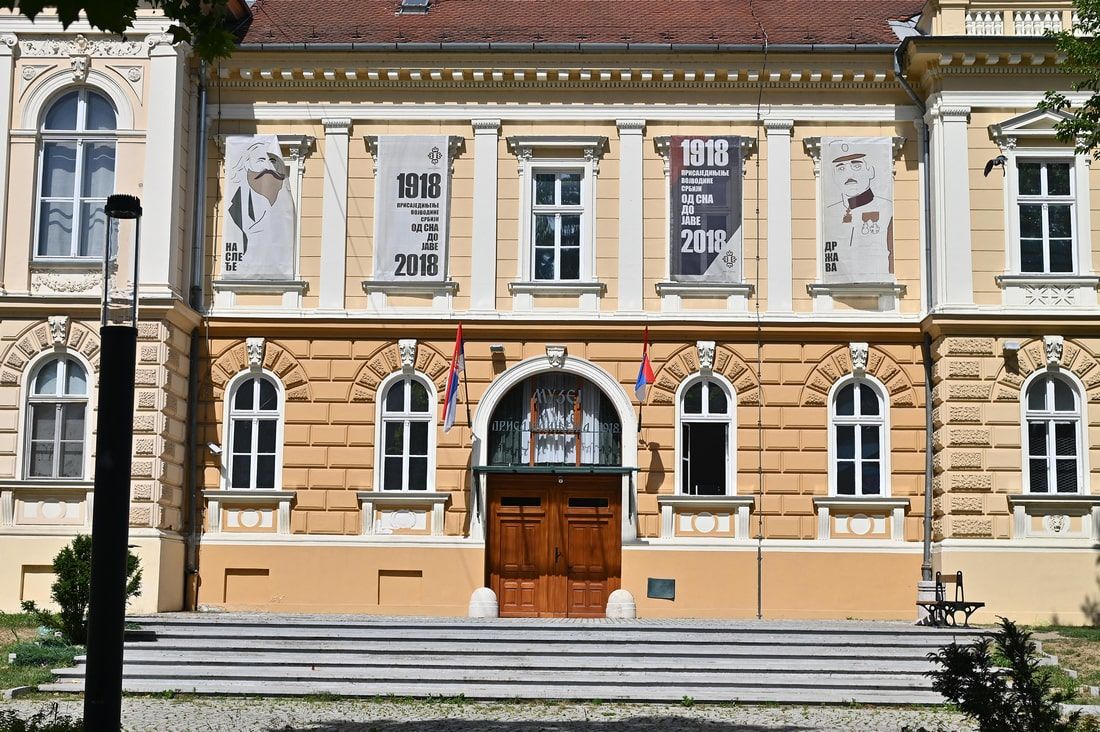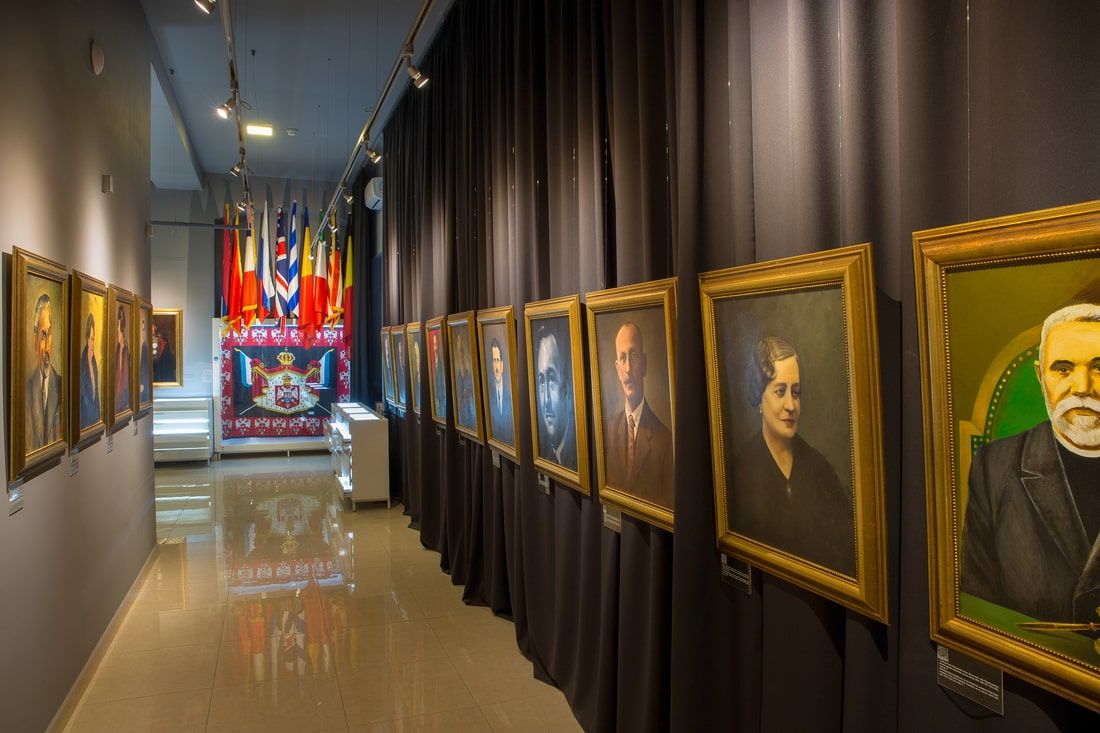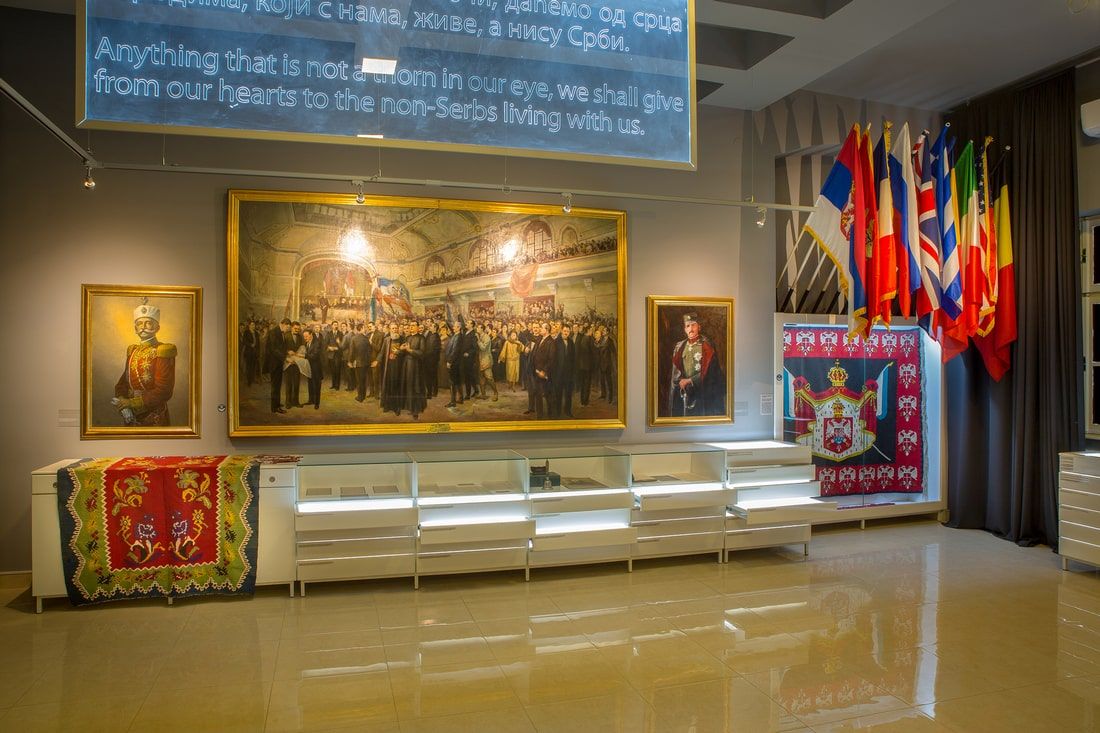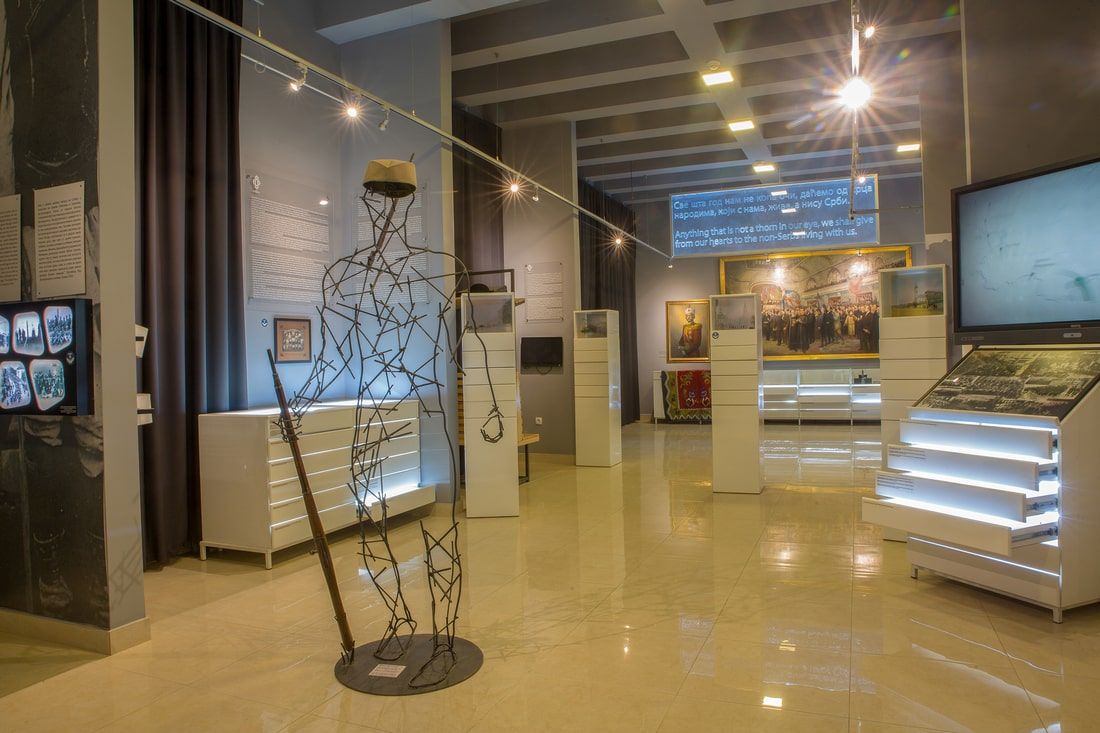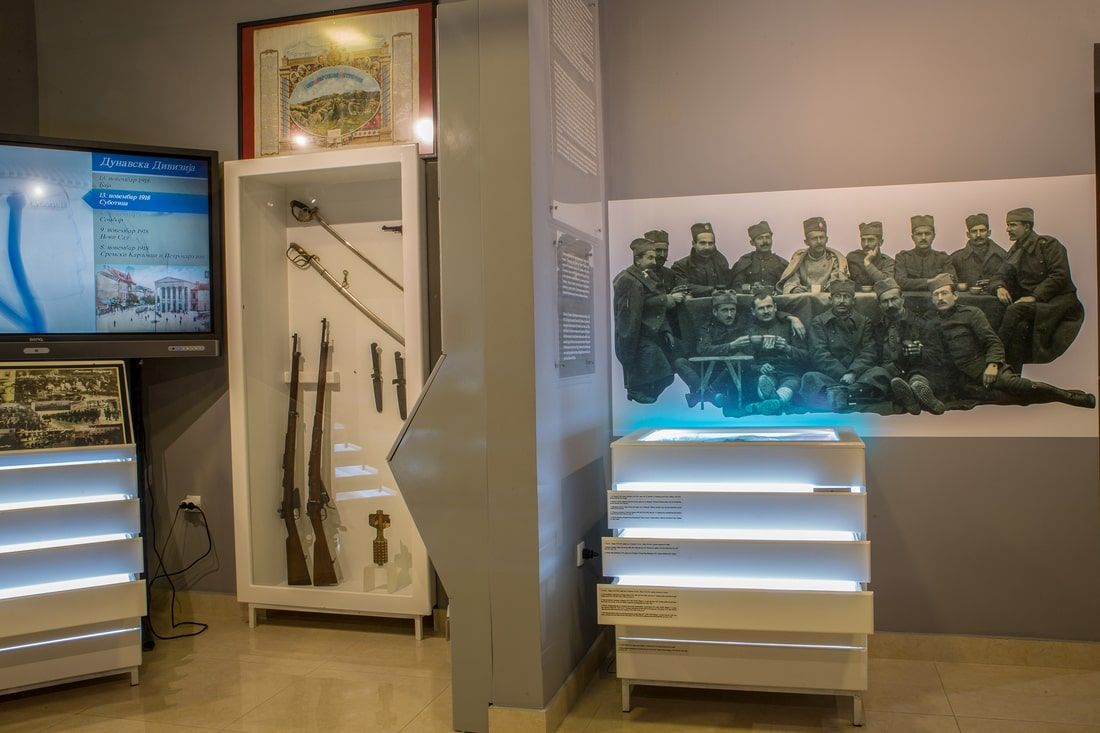52 Weekends - November
Staro and Novo Hopovo
Novo Hopovo captivates with its beauty. For many art historians, the monastery complex is of exceptional value because its builders managed to unite medieval Serbian architecture, Vlachs, and even Islamic influences into a harmonious unit. In the monastery church, dedicated to St. Nicholas, a fresco-painting from two different periods of the 17th century has been preserved.
According to the legend, Novo Hopovo is the endowment of Metropolitan Maksim (Branković), but the inscription above the entrance to the church says that the founders were Lacko and Marko Jović from the vicinity of Budapest. The iconostasis made by one of the best Serbian baroque painters, Teodor Dimitrijević Kračun, was damaged during the World War II, and the contemporary one is the work of nuns from Žiča.
The legend says that Despot Đorđe Branković, the later Metropolitan Maksim, built Staro Hopovo, and historical sources show that the monastery was first mentioned in 1546. A new one was built on the foundations of the older temple in 1752, and its splendour and wealth were represented by a Rococo iconostasis covered with gold. The monastery was damaged during the World War II, and only one part of the icons has been preserved. The renovated monastery complex, which today receives visitors, has preserved a harmonious blend into the natural environment. It is about 2 km away from Novo Hopovo.
Gordana Stojaković
Museum of Contemporary Art of Vojvodina
The Museum of Contemporary Art of Vojvodina is a lively place that gathers and encourages artists of different poetics and forms of expression to jointly interpret and affirm contemporary artistic trends and practices. At the same time, through exhibition practice, this institution initiates a dialogue and educates the general public about contemporary art of the second half of the 20th and the beginning of the 21st century, and about the works of domestic and foreign artists and art groups.
The ways of presenting works of art, be it paintings, graphics, installations, sculptures, video, photography, conceptual art, intermedia and digital works, follow modern possibilities of presentation so that in addition to exhibitions they include actions, verbal and music programmes, film screenings, workshops, etc. .
The significance of the Museum of Contemporary Art of Vojvodina for the valorisation and affirmation of contemporary art trends at the domestic level is alive and strong. Openness for co-operation with similar institutions at the regional and international level brings new models of work through which the achievements of domestic art production are assessed and those works and artists who have stepped towards a new, authentic and experimental expression are affirmed.
Gordana Stojaković
Something about the Chapel of Peace
The Chapel of Peace is a place of exceptional importance, since the event it testifies to – the signing of the Karlovci Peace Treaty (1699), introduced the name of Sremski Karlovci into all world histories of the new century. The building in which the Karlovci Peace Treaty was signed was demolished after 1710, and in its place, as a sign of gratitude to the Mother of God for the great success of Austria on the battlefield and diplomatic field, the Catholic Chapel of Our Lady of Peace was built. That is the reason why the great feasts of the Mother of God are celebrated here even today.
The Chapel of Peace was erected in the shape of a large Turkish tent, so it is often said that its architecture is oriental. The subsequently built bell tower, on which the clock is located, changed the original shape of the building.
The modern building, like the original, has four entrances, but the interior is completely decorated for the needs of the chapel. There is an altar, an organ and seats for the church goers. The curiosity is that the eastern entrance to which the delegation of the Ottoman Empire entered was walled up, and a small altar was built in its place. Around the chapel there is a series of graves, among which is the one of the Venetian envoy who was found dead at the time of the signing of the Karlovci Peace Treaty. His grave is marked by a plate of purple marble on which the year of his death (1699) is engraved.
Gordana Stojaković
An excursion to the Gallery Square
Representative works exhibited in the Memorial Collection of Pavle Beljanski provide an excellent overview of the Serbian modern art of the 20th century. The works of Nadežda Petrović and other modernists who created at the beginning of the 20th century, all the way to those of Milan Konjović and Ljubica Cuca Sokić, painters whom we still remember directly, will be in front of you in a magnificent line. The attention of visitors is often attracted by the paintings of Sava Šumanović, especially his impressions of the Srem landscape, which belong to the very top of modern painting in our country. In addition to paintings, sculptures, drawings and tapestries bequeathed to the Serbian people by a diplomat and collector Pavle Beljanski, the Memorial Collection has two other components – the Pavle Beljanski Memorial and the Artist’s Memorial.
It is necessary to set aside a lot of time to visit the Matica Srpska Gallery, because you will encounter the exhibits that represent the Serbian national art from the 16th to the 21st century. You can visit the Gallery’s settings by following the path of Serbian painting of early, high and late Baroque, Neoclassicism, Biedermeier, Romanticism, Historicism, Realism, Symbolism, Modernism, … Whether you choose a part of the exhibition or cross the entire offered path, it will be a journey at the centre of the effort by which the intellectual and artistic elite of a small nation won its own place within the European art of the modern age.
The basic fund of the Gift Collection of Rajko Mamuzić consists of works by artists who created and determined the art scene of the socialist Yugoslavia in the middle of the 20th century. Among them are: Miodrag Mića Popović, Jovan Soldatović, Petar Omčikus, Mladen Srbinović, Stojan Ćelić, Ksenija Divjak, Ljubica Cuca Sokić, Lazar Vujaklija, Matija Vuković, Milorad Bata Mihajlović, Mario Maskareli, Miloš Bajić, Kosara Boksan, Edo Murtić, Danica Antić, Boško Petrović and others. Of special value are the works created within the “Zadar Group”, an artistic commune created in 1947, which was a valuable undertaking in the search for a new creative expression outside of socialist realism.
Gordana Stojaković
The novelties of the Museum of Vojvodina – Museum of Unification in 1918 and Medical Museum Collection – Pasteur’s Institute
The day of unification of Vojvodina with the Kingdom of Serbia is celebrated in Novi Sad on November 25th. On that day, the Great National Assembly of the Serbs, Bunjevci and other Slavs in Banat, Bačka and Baranja decided to join the Kingdom of Serbia. Representatives of Srem made the same decision the day before. On the occasion of the centenary of the event, the Museum of Unification in 1918 was arranged and opened for visitors. Visitors were offered to follow up this historical and political event through six connected units, starting from the Great Migration of the Serbs to liberation in the World War I and unification with the Kingdom of Serbia.
The Museum of Vojvodina, in addition to the Museum of Unification in 1918, has another new permanent exhibition, and that is the Medical Museum Collection – Pasteur’s Institute (www.muzejvojvodine.org.rs).
Gordana Stojaković
